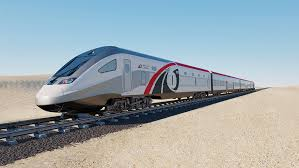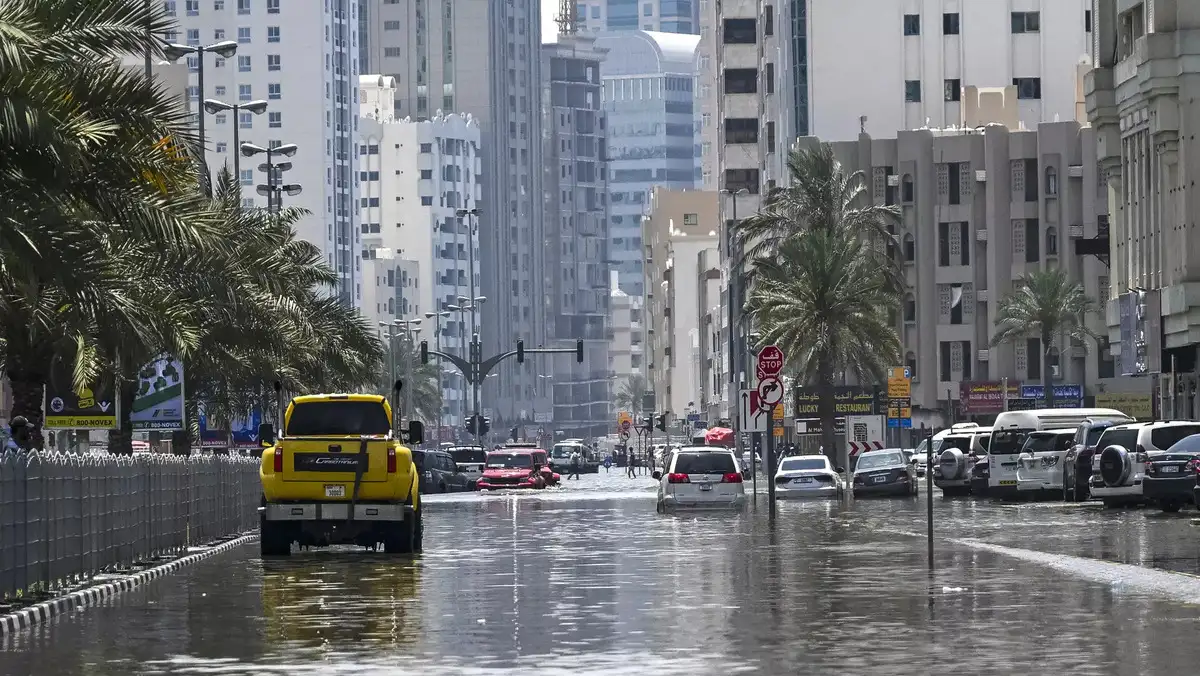Now Reading: Etihad Rail Nears Completion—Big Changes Coming to UAE Travel 2025
-
01
Etihad Rail Nears Completion—Big Changes Coming to UAE Travel 2025
Etihad Rail Nears Completion—Big Changes Coming to UAE Travel 2025

Table of Contents
The United Arab Emirates is moving full steam ahead with one of its most ambitious infrastructure projects—Etihad Rail. This high-speed railway network, often called the “backbone of the UAE,” is showing major signs of progress in 2025. Once complete, it will transform how people and goods move across the country.
From connecting major cities like Abu Dhabi, Dubai, and Sharjah to linking the UAE with neighboring GCC countries, Etihad Rail is being seen as a game-changer for regional transport, logistics, and even tourism.
What Is Etihad Rail?

Etihad Rail is a national railway network being developed across the UAE. It is part of the country’s Vision 2030 goals for economic growth, sustainability, and reduced traffic congestion.
The project is being developed in multiple stages. In Stage One, freight trains began operating between the Shah gas fields and the port of Ruwais in the Western Region of Abu Dhabi. This segment alone has moved millions of tonnes of sulfur since 2016.
Fast Progress in Stage Two
In 2023 and 2024, Stage Two of the project saw rapid development. This phase expands the railway from Ghuweifat on the Saudi border to Fujairah on the UAE’s eastern coast. It involves some of the most challenging parts of the project—building bridges, tunnels, and tracks through mountains and desert.
Key Milestones Achieved So Far:
- Over 75% of the total network has been completed.
- Major tunnels in the Hajar Mountains are finished, improving east-west connectivity.
- Freight services are already being tested between Abu Dhabi and Dubai.
- The network now connects industrial hubs, major ports, and free zones.
In 2025, work continues on final connections and infrastructure such as train stations and depots.
Benefits of Etihad Rail
The Etihad Rail project offers multiple benefits for the UAE and the wider region:
1. Economic Growth
Etihad Rail is expected to contribute AED 200 billion to the UAE economy over the next 50 years. It will reduce transportation costs, increase trade between Emirates, and attract global businesses looking for fast, efficient logistics.
2. Environmental Sustainability
The railway will reduce the number of trucks on highways, lowering carbon emissions by an estimated 80% per journey. One Etihad Rail train can carry the equivalent of 300 trucks.
3. Job Creation
Thousands of jobs have been created for UAE nationals and residents during the construction phase. Many more will be needed in rail operations, maintenance, customer service, and logistics in the coming years.
4. Improved Travel for People
Once the passenger service begins (expected around 2026), people will be able to travel from Abu Dhabi to Dubai in just 50 minutes, and from Abu Dhabi to Fujairah in 1 hour and 40 minutes. The trains will travel at speeds of up to 200 km/h, providing a fast, reliable alternative to driving.
Stations and Smart Facilities
Etihad Rail stations are designed with modern architecture, smart technology, and accessibility in mind. Each station will offer services like:
- Ticket booking counters and kiosks
- Retail outlets and restaurants
- Waiting areas with Wi-Fi and charging stations
- Easy connections to taxis and buses
Major stations will be located in Abu Dhabi, Dubai, Sharjah, Ras Al Khaimah, Fujairah, Al Ain, and other key cities.
Regional Connections and GCC Ambitions
Etihad Rail is not just a UAE project. It is also a part of a larger GCC railway vision to connect all Gulf countries by rail. The network could eventually extend into:
- Saudi Arabia via the Al Ghuwaifat border
- Oman, linking UAE’s eastern ports with Muscat
- Kuwait, Qatar, and Bahrain, once those networks are developed
These connections would create new trade corridors, making it easier and cheaper to move goods across the region.
What’s Next in 2025 and Beyond?

In 2025, Etihad Rail is focusing on the final testing and commissioning of its mainline routes. Passenger service planning is also underway, with partnerships being explored for operators, ticketing systems, and schedules.
The rail company is working closely with AD Ports Group, DP World, and logistics firms to boost cargo movement between ports, factories, and distribution centers.
By the end of 2025 or early 2026, public passengers may be able to ride the train, marking a historic shift in UAE travel.
Final Thoughts
Etihad Rail is not just about trains—it’s about building a smarter, greener, and better-connected UAE. As the project nears completion, excitement is growing across the Emirates. Whether you’re a business owner, tourist, or commuter, Etihad Rail promises to reshape how the country moves—efficiently, sustainably, and with style.
Read More:- Shobha Realty Launches Its Most Luxurious Project Yet—Full Details Inside 2025





















